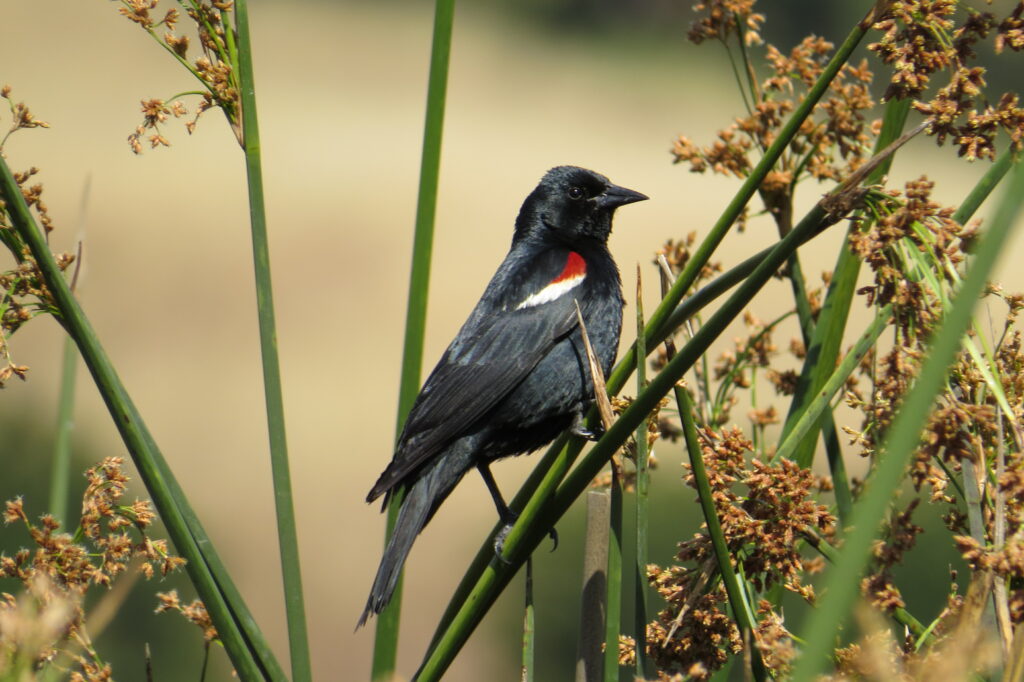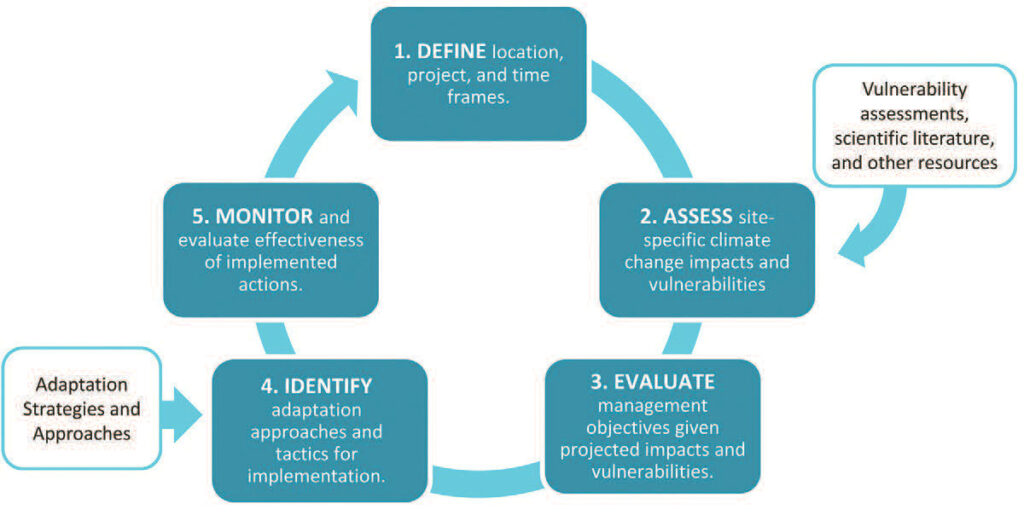
Conserving Biodiversity
The Santa Lucia Preserve is situated within one of the world’s great ‘biodiversity hotspots,’ globally recognized as a place of exceptional ecological value. At the intersection of coastal and inland climate gradients, The Preserve is a mosaic of habitats: maritime chaparral and coastal scrub, oak woodlands and coast redwood forests, grasslands and oak savannas, streams and riparian areas, wetlands and ponds. Over 90% of the 20,000-acre Preserve is permanently protected and serves as a critical refuge and migration corridor for a vast array of wildlife, including more than 20 state and federally listed threatened or endangered species.
The Santa Lucia Conservancy manages 18,000 acres of The Preserve to maintain diverse habitats for wildlife, increase wildfire and climate resilience, reduce invasive species, and advance the practice of land conservation. Always striving to use ecological science to answer management questions, the Conservancy practices applied ecology.
Land Management and Research Programs
Conservation Science: We conduct biological monitoring and collaborate with scientific partners to restore imperiled species and evaluate the effectiveness of management practices.
Habitat Restoration: By removing invasive species, seeding native species, and improving habitat function, we promote the success of native plant and animal communities
Fuel Management: Through prescribed fire, shaded fuel breaks maintenance, and lot-specific fuel management plans, we increase ‘fire-permeability’ on The Preserve
Conservation Grazing: Cycled through The Preserve on an 18-month rotation, our cattle reduce thatch and promote nutrient cycling across more than 2,500 acres of grasslands.
A Positive Feedback Loop
We compare findings from our surveys and research to trends observed statewide, creating a feedback loop that allows us to consistently adapt our management activities and focus on those that have the greatest biological outcomes. This process is known as science-guided adaptive management.
